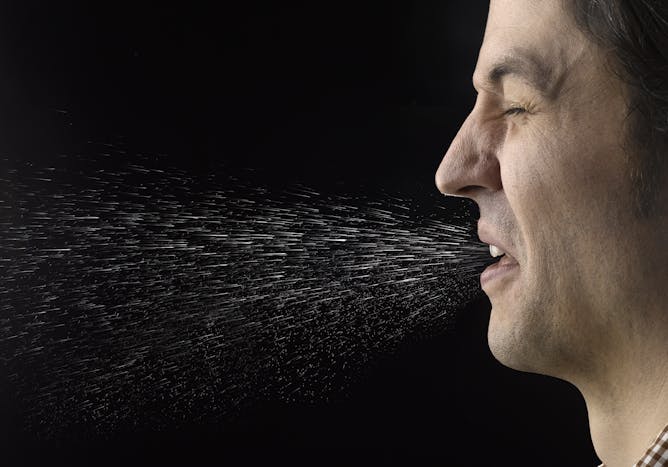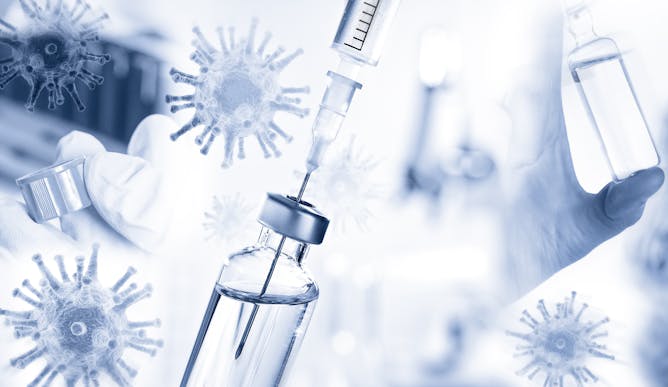
Aerosols are made up of tiny respiratory droplets suspended in the air.
Jeffrey Coolidge via Getty Images
Byron Erath, Clarkson University; Andrea Ferro, Clarkson University; Goodarz Ahmadi, Clarkson University
More than 200 scientists wrote to the World Health Organization, warning about aerosol transmission of the coronavirus.
|

Keeping your equilibrium can be a challenge in times of uncertainty.
Léonard Cotte/Unsplash
Craig Polizzi, Binghamton University, State University of New York; Steven Jay Lynn, Binghamton University, State University of New York
As the pandemic drags on, uncertainty and fears about health and safety mix with confusion and challenges tied to re-opening society. You need flexibility when picking your coping strategies.
|

The lower the vaccine’s effectiveness, the more likely social distancing in some form may still be necessary.
Gopixa via Getty Images
Bruce Y. Lee, City University of New York
A vaccine that's 70% effective might not be good enough if too few people are willing to be vaccinated, new research shows.
|